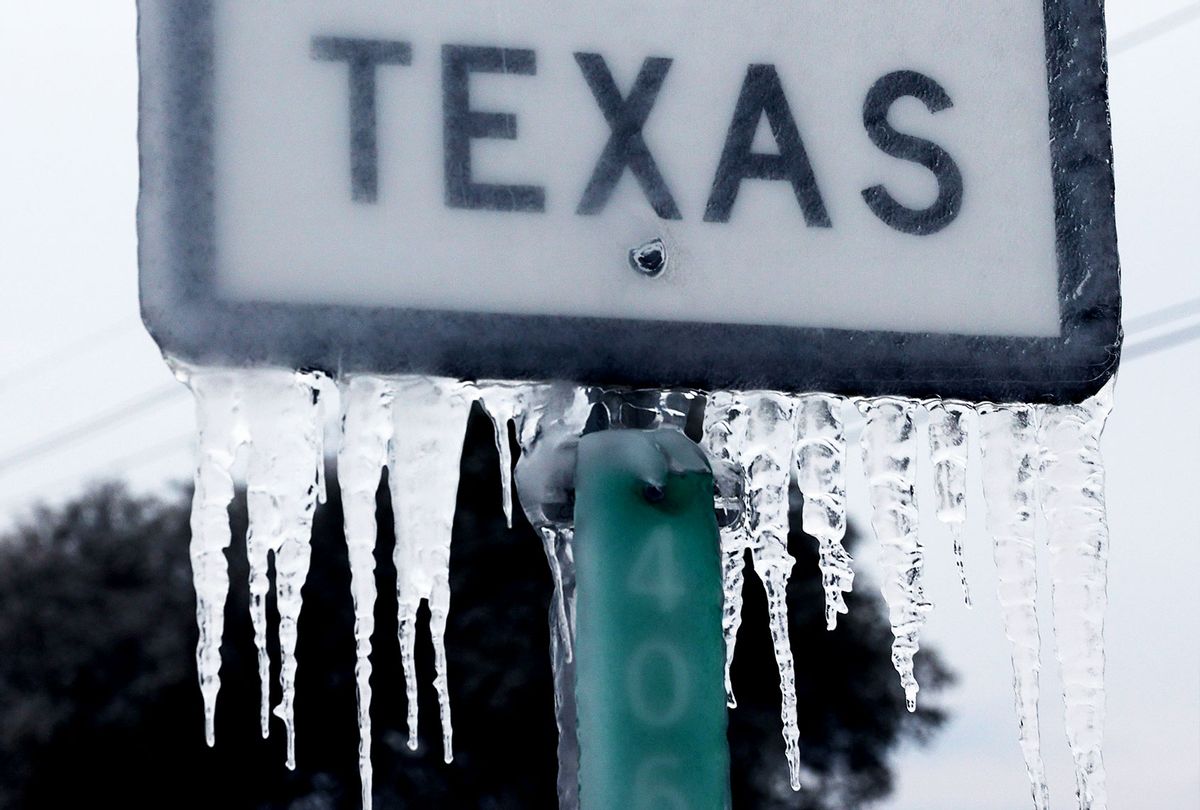

Wait until it cools down more to prune oaks, to ensure that the nitidulid beetle that can spread oak wilt disease is dormant. And organic matter provides important nutrients and provides many crucial functions for healthy plant growth.ĭecember through January is also a good opportunity to prune shade trees. What and When to Plant Dianthus (best for cooler north Texas temperatures) Pansies Snapdragons Sweet Alyssum (best for southern Texas with minimal frost). Roots need to ‘breathe,’ and allowing oxygen to penetrate into the soil more readily can make a huge difference in plant health and growth. Incorporate organic matter (well-finished compost) to maximize the tilling step and allow the soil to stay loosened and porous instead of settling back into compaction. Just remember the phrase ‘compost once, mulch forever.’ Any spots in the yard that need rejuvenation, or any new beds or gardens that will be added in the spring, should be tilled up to loosen and aerate the heavy soil. It can be physically demanding but very simple. Winter is a great time of year to work on soil improvement. Ornamental grasses can still provide aesthetic value after they turn brown, so they can be left for the structure and interest they provide, but be sure to cut down to the ground in late winter before new green growth appears. For most days, this shouldn’t be an issue in Texas, but every once in a while, you’ll get a cold snap during which temperatures dip below normal.

Water winter vegetables and annual color in beds and containers as needed, up to a couple times per week depending on weather.Ĭlean up frost-damaged perennial tops, and even those that have not been killed by frost can be cut back so mulch can be replenished to protect roots when it gets colder. Your plants are likely to absorb more water during the earlier hours of the day however, try to make sure that the temperatures are above 45 degrees Fahrenheit. Why, then, do people not include plants that will.

thoroughly once every three to four weeks when there’s no rain. Texas Sage, Bougainvillea, Lantana, and Tecoma species dot the landscape as shown in the photo above. Water needs are greatly reduced and irrigation should be reduced to match. Most leaves can just be mowed over on the lawn to shred and break down into the soil, or they can be gathered up for a compost bin or used as mulch in the garden. They should instead be used as valuable organic matter in the landscape. Leaves have just about finished dropping and should not be bagged up to take up space in the landfill. Consider adding plants that will provide food in both fall and winter. Irises have been blooming and bermudagrass lawns are still fairly green. Filled with exotic plants, these urban landscapes no longer support the healthy. It’s actually one of the few ornamental trees that flowers and is evergreen. The tree has fragrant purple blooms in early March that last about three weeks.

#Texas winter landscape plants install
The nights are chilly and days are shorter, so some plants are going into winter dormancy but others are hanging on through the spring-like weather. You can install Texas Mountain Laurel (evergreen) in any region in the state, but they do best in Dallas, Austin and San Antonio. Here are the best flowers that bloom in winter.It’s tough to figure out what to do in the winter landscape when it’s so consistently warm all through December.
#Texas winter landscape plants full
Shrubs may take a season or two as well to look full and lush. The old saying with perennials is “creep, walk, run,” meaning they’re slow to take off but by their third season, they’re generally big and beautiful. But don’t be surprised if your plants don’t put on a spectacular show the first year. Water well to help the plant push out roots and get established quickly. Landscapers and gardeners are not spared from the ever-changing climate. In a non-tropical country or state like Amarillo, Texas, putting up with the shifting condition is to be expected. Then plant at least six weeks before the ground freezes in your area. Gardening Winter Landscaping in Texas You Must Try by Staff J8 mins read Seasons change incessantly. When shopping, make sure to choose plants that can survive winters in your USDA Hardiness Zone (find yours here). Planting these winter flowers and and plants also gives you something to look forward to because they’ll remind you that winter eventually does end! Many winter-blooming perennials and shrubs-and even a few annuals-provide color, shelter for wildlife, and winter interest to your otherwise bare garden. But some plants actually show off their prettiest faces in the coldest months of the year. Your garden may be at its height of its beauty in spring, summer or fall.


 0 kommentar(er)
0 kommentar(er)
